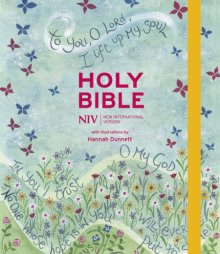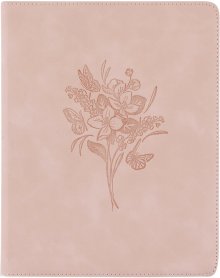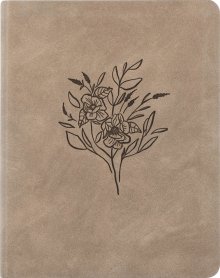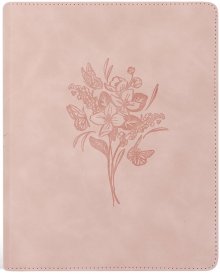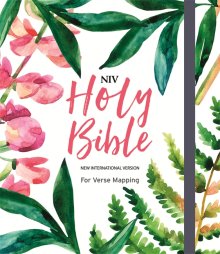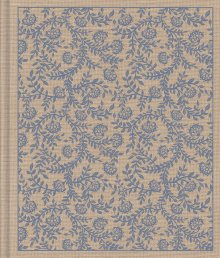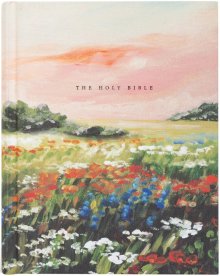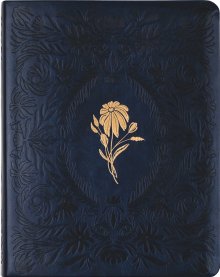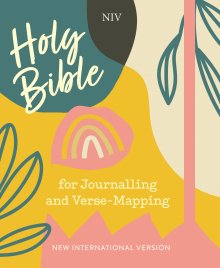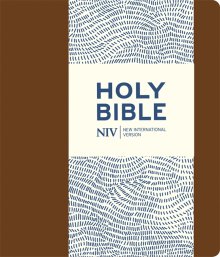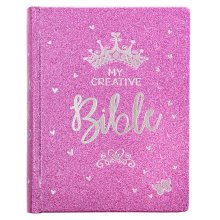Why Does the Bible Have Thin Pages?
The Editor
Estimated Read Time: 2 Minutes
If you've ever held a traditional Bible, one of the first things you probably noticed is the paper. It's incredibly thin, almost translucent, and can sometimes be tricky to turn one page at a time. This isn't a sign of low quality; in fact, it's a deliberate and masterful piece of engineering.
So, why are Bible pages so thin, and what are your options if you want something thicker? This simple guide explains it all.
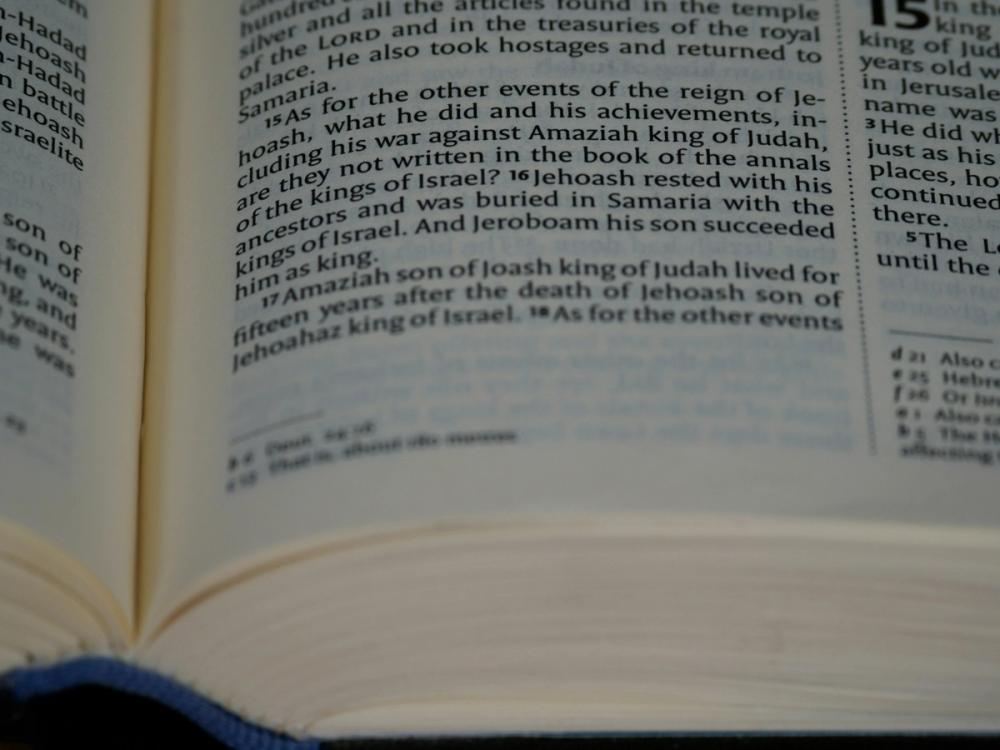
Bibles typically have very thin pages, often called "Bible paper" or "India paper," primarily to keep the overall book size and weight manageable; however, if you need thicker paper to prevent ink bleed-through from pens, a Journaling Bible is the best choice.
The Main Reason: It's a Library in One Book
The simple answer is size and portability. The Bible isn't one book; it's a library of 66 individual books containing over 750,000 words.
If this entire collection were printed on standard paper (like a typical novel or textbook), a complete Bible would be massive, heavy, and impractical—more like a multi-volume encyclopaedia. To solve this, publishers use a special type of paper known as "Bible paper" or "India paper."
This paper is an engineering marvel:
- It is extremely thin, allowing thousands of pages to fit into a single, portable volume.
- It is strong and durable despite its thinness.
- It is highly opaque, which prevents the text from the other side from "ghosting" through too much (though some show-through is normal).
The Problem with Thin Paper (And the Solution)
The main drawback of thin Bible paper is that it wasn't designed for writing. Pens, markers, and even some highlighters will often bleed (soak through) or ghost (be visible on the reverse side), which can be distracting.
This is where a different type of Bible comes in.
The Thicker Paper Solution: Journaling Bibles
If your goal is to interact with the text by highlighting, underlining, or writing notes, a Journaling Bible is what you need.
These Bibles are intentionally designed for writing. They feature:
- Thicker Paper: The paper (measured in "gsm") is significantly thicker and more opaque to handle ink and prevent bleed-through.
- Wide Margins: They include extra-wide, often lined, margins, giving you dedicated space for your notes, reflections, and creativity.
Because of this thicker paper and extra space, a journaling Bible will be noticeably thicker and heavier than a standard thinline Bible, but it's the perfect trade-off for anyone who wants to write in their Bible.
Ultimately, the paper in your Bible is a choice between portability (thin paper) and writability (thicker paper). By understanding why they're different, you can confidently choose the perfect Bible for your needs.
Want to explore Bibles designed for writing? Check out our full range of Journaling Bibles.
Latest Blogs
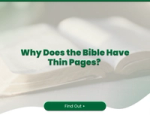
Bibles
Why Does the Bible Have Thin Pages?
Ever wondered why Bible paper is so thin? We explain the reason (size!) and show you which Bibles, like Journaling Bibles, use thicker paper for notes.

Bible
Why is the Bible Called The Bible? (A Simple Explanation)
Ever wondered where the name "Bible" comes from? Discover the simple meaning behind the word and why it's called 'the books'.

Bibles
The ERV (Easy-to-Read Version): Your Questions Answered
What is the ERV Bible? Is it accurate? Our simple guide answers the top questions about the Easy-to-Read Version and compares it to the NIV and NLT.

Bible
I’m a New Christian, Where Do I Even Start with the Bible?
Feeling excited but overwhelmed about reading the Bible for the first time? This simple, friendly guide for new Christians shows you exactly where to start, what to read first, and how to understand it.

Bibles
NLT vs. KJV: A Guide to Readability and Tradition
Comparing the NLT vs. the KJV Bible? Our simple guide explains the key differences in language and style to help you choose the best translation for you.

Bibles
ESV vs. KJV: A Guide to Choosing Your Literal Bible Translation
Comparing the ESV vs. the KJV Bible? Our guide explains the key differences in language and accuracy to help you choose the best word-for-word translation.

